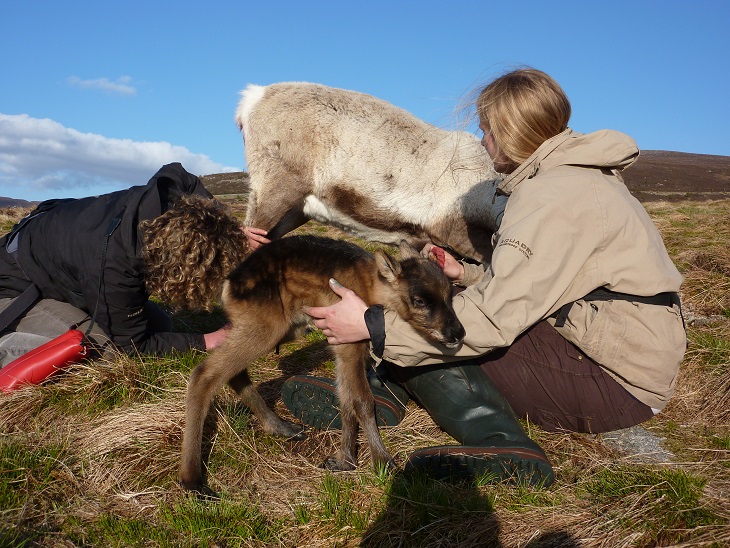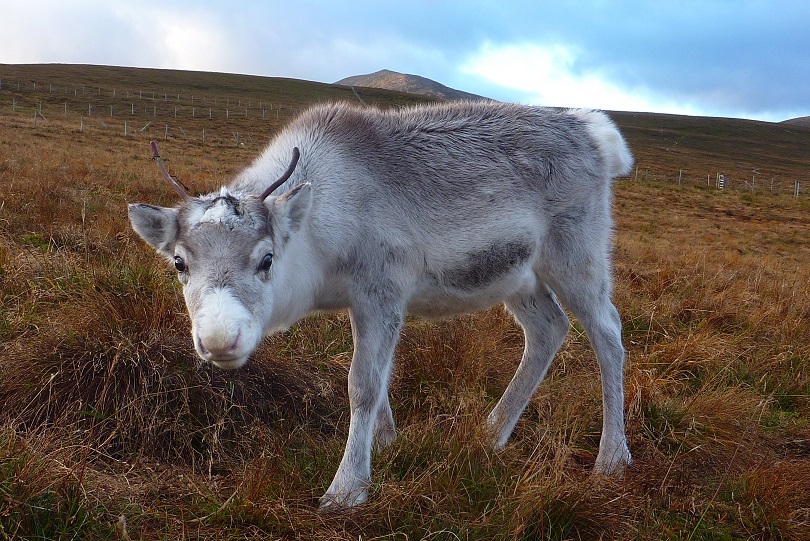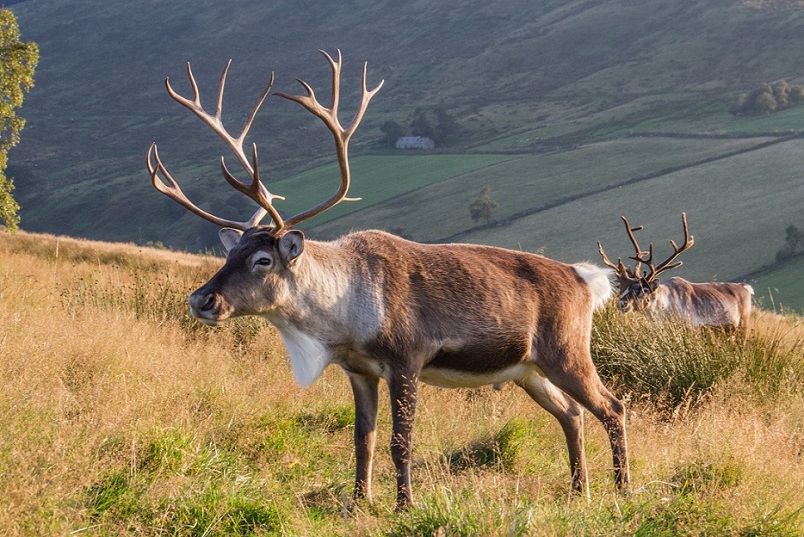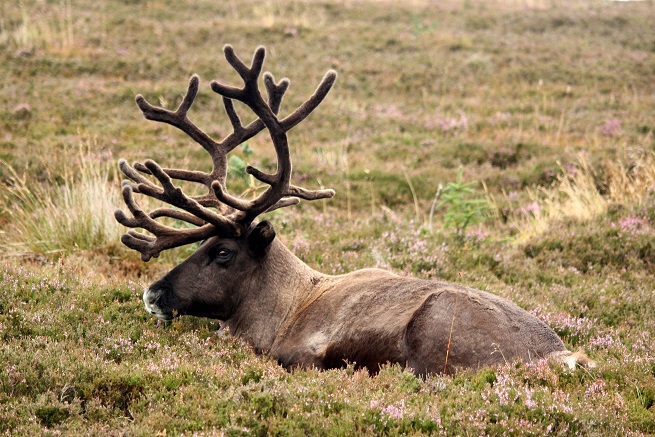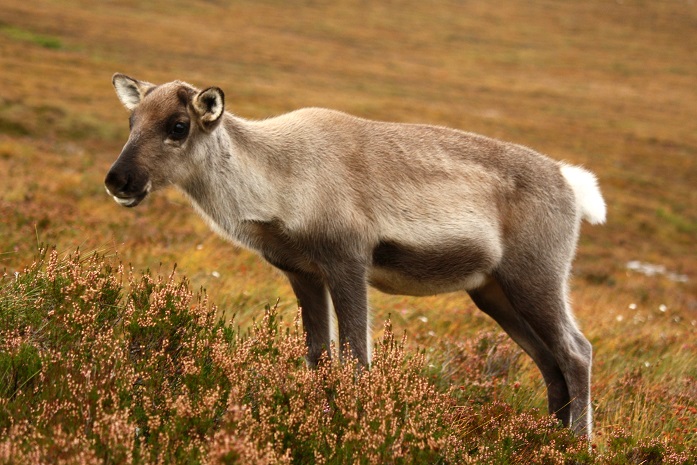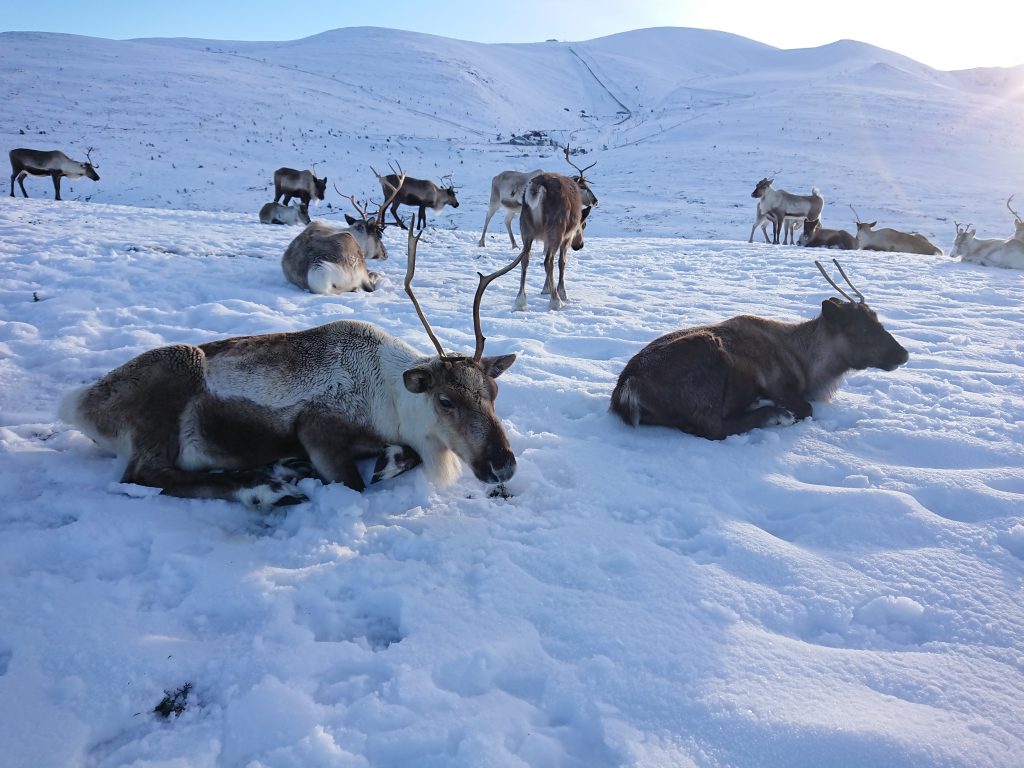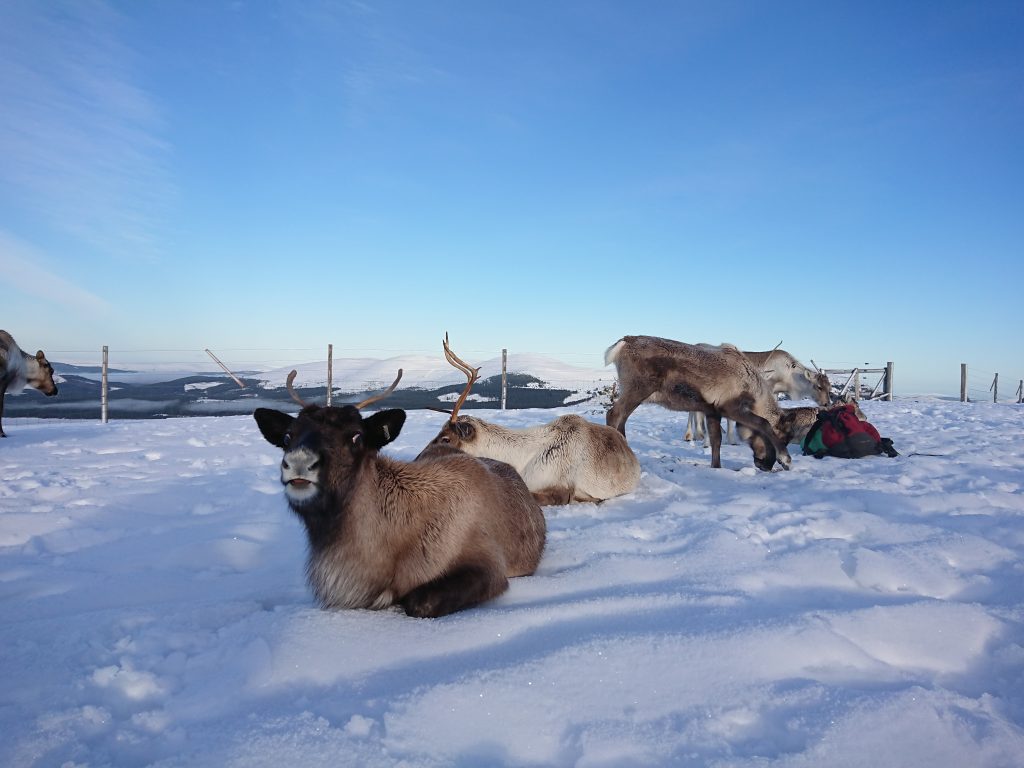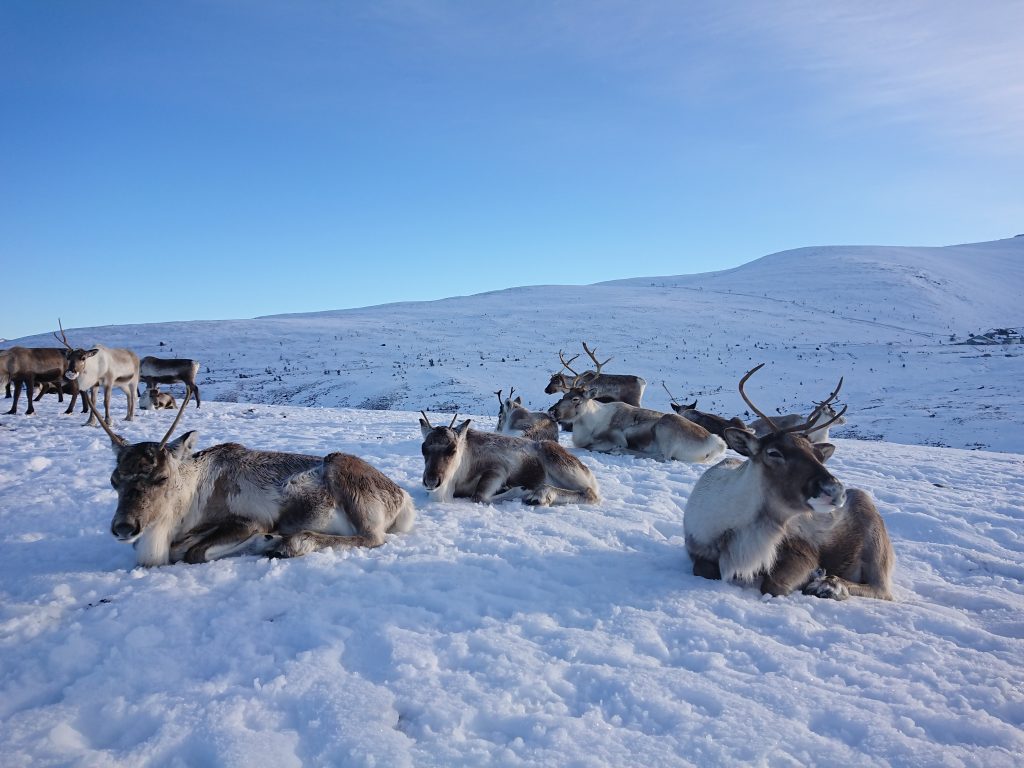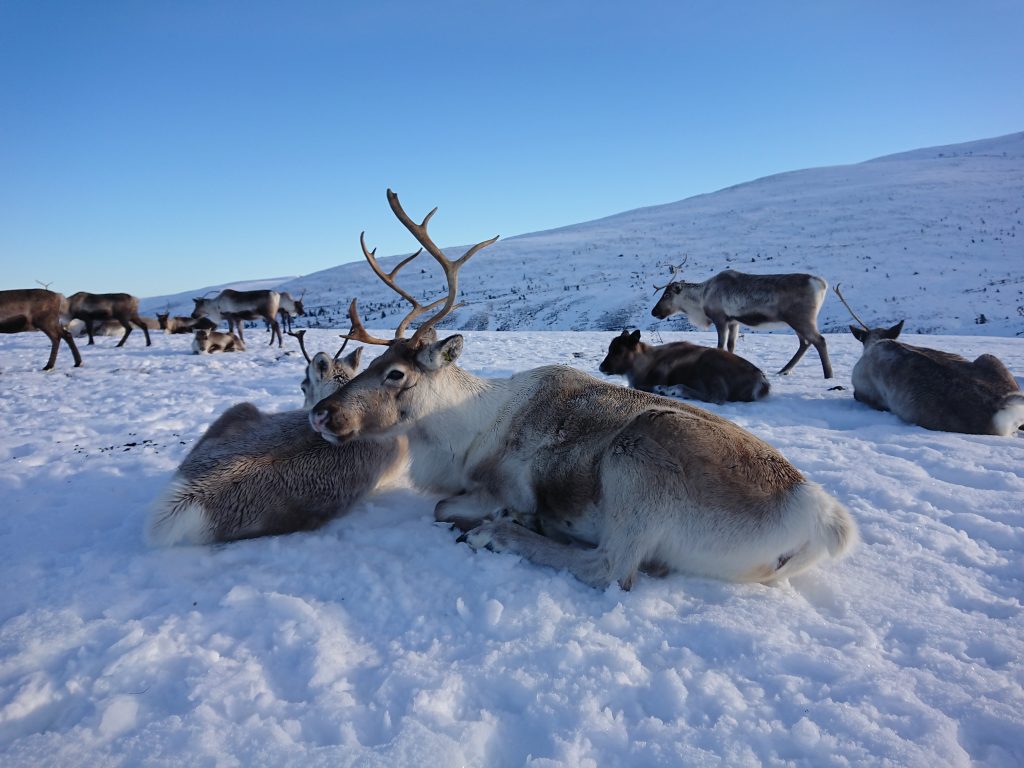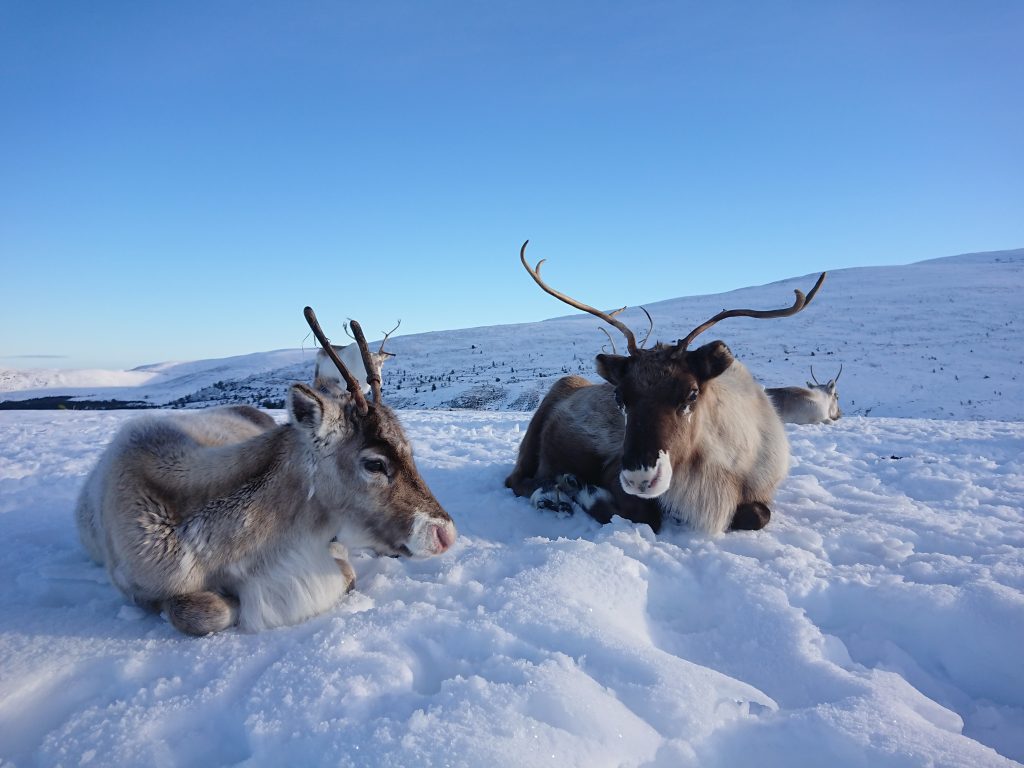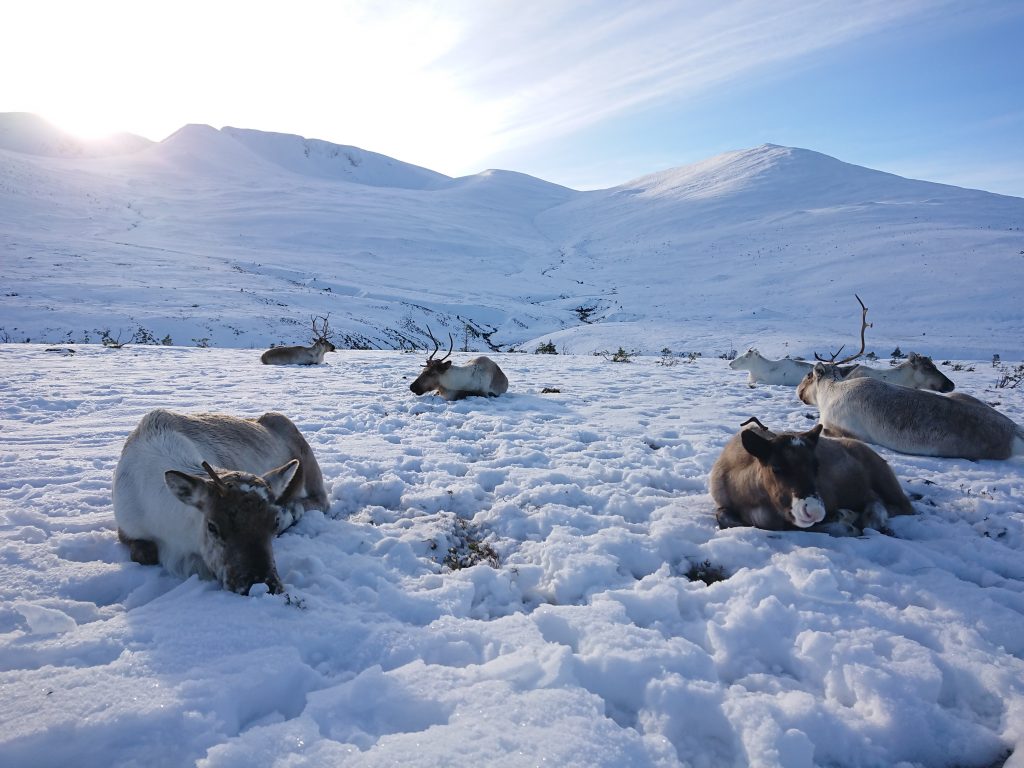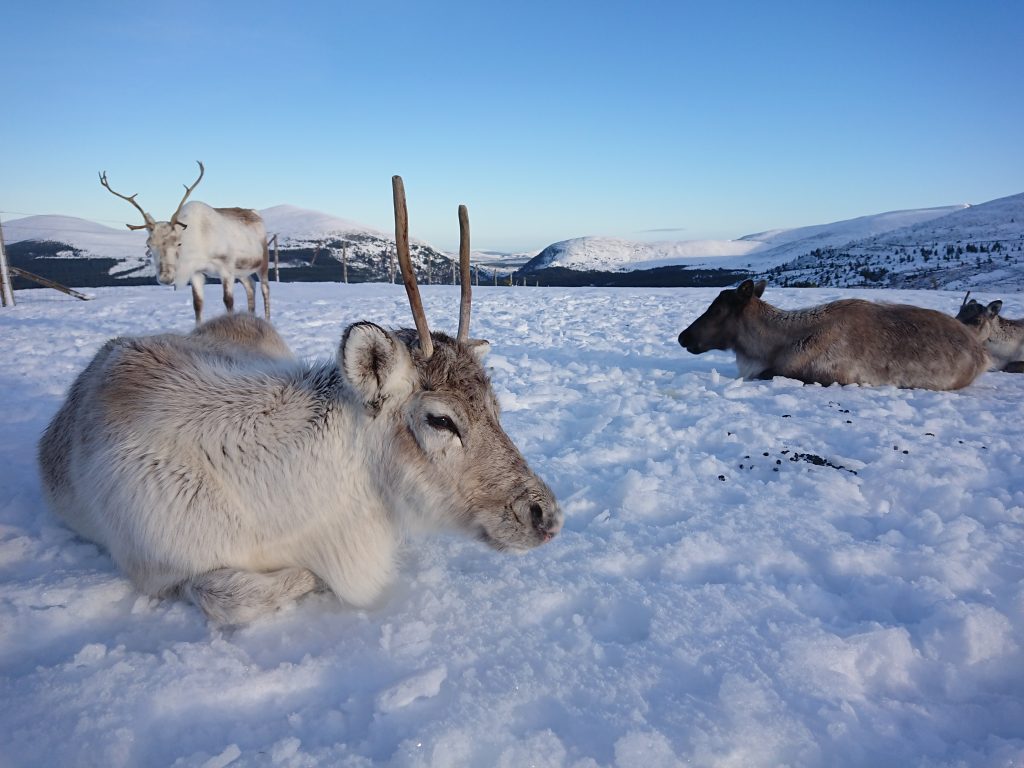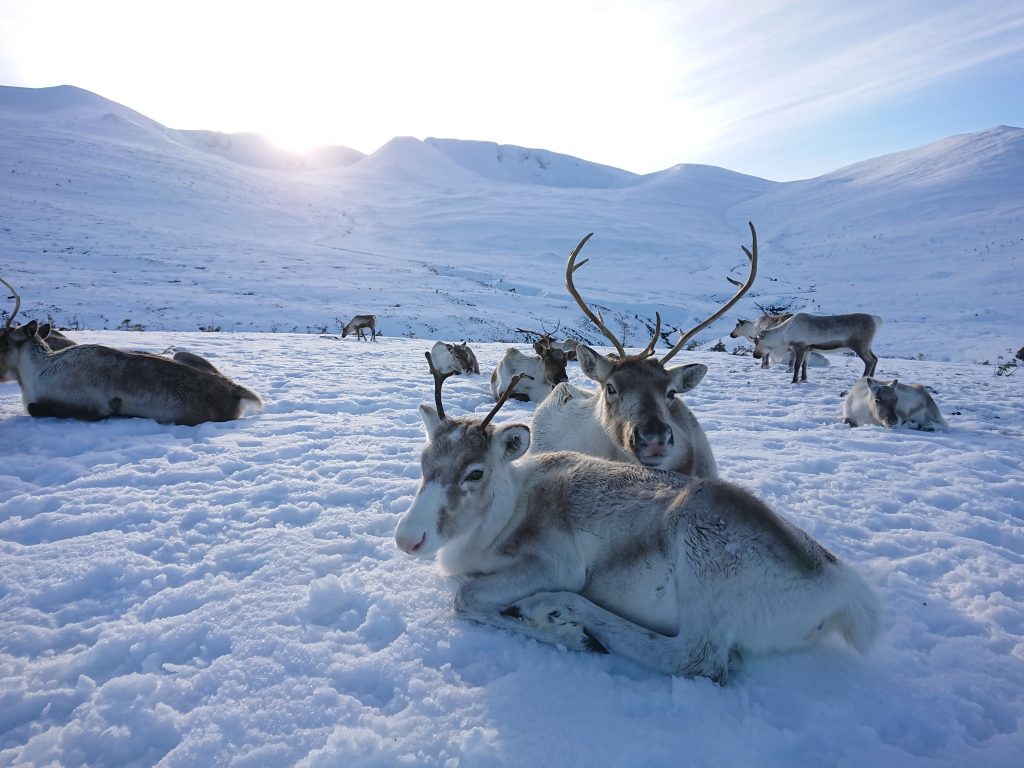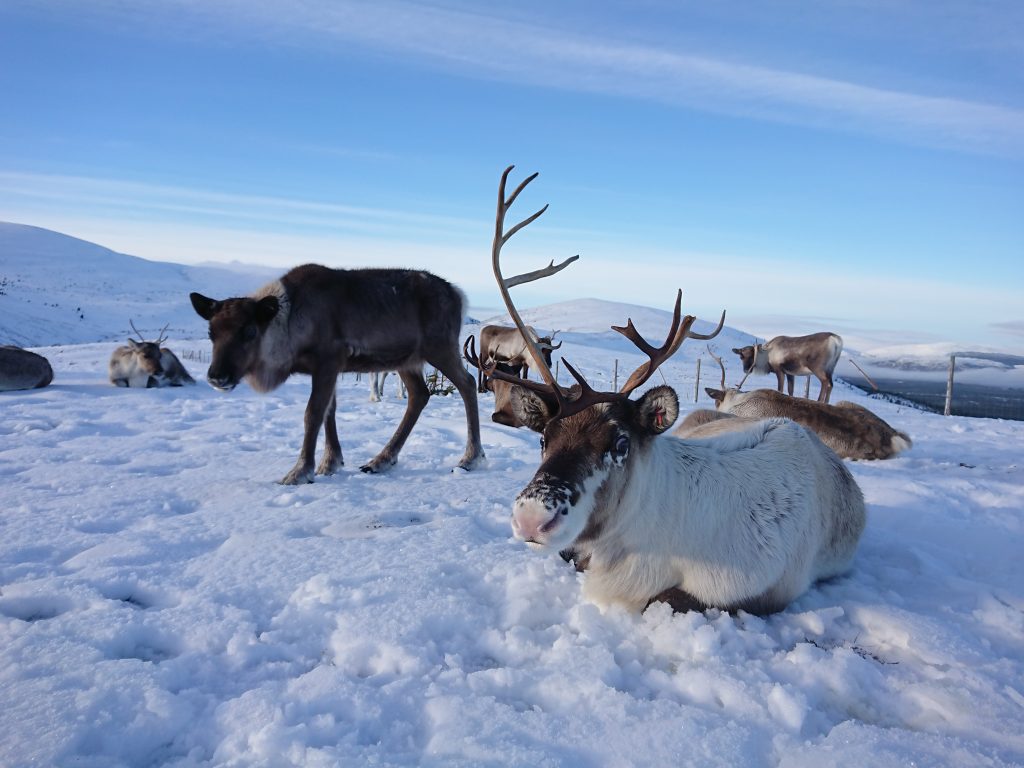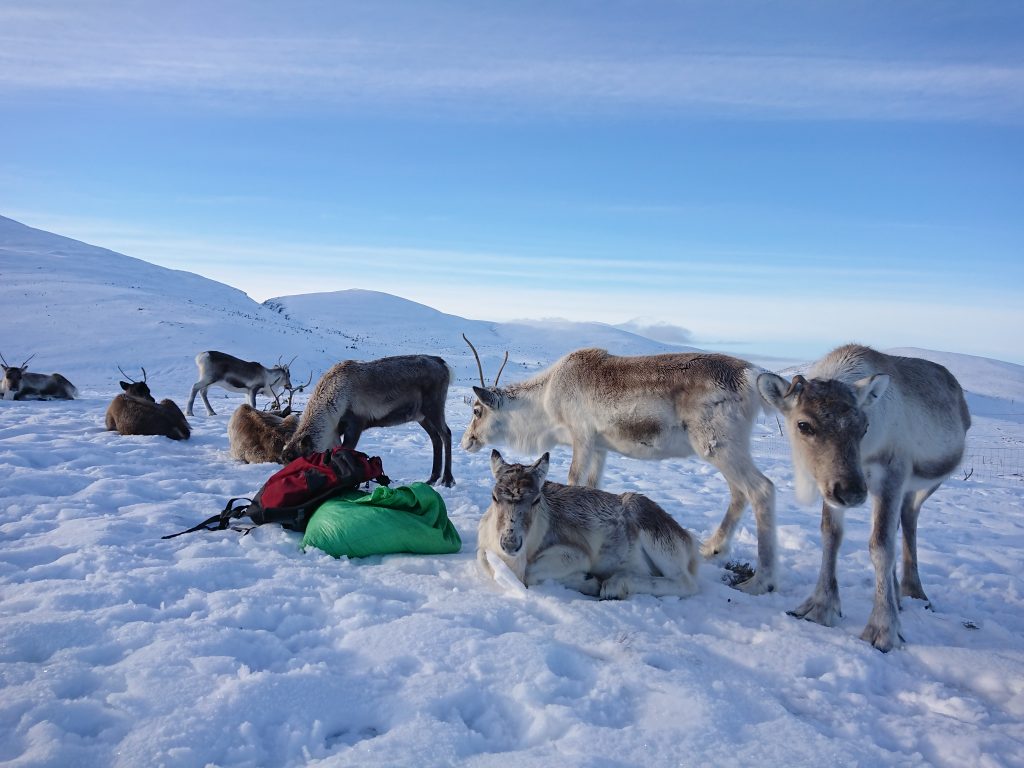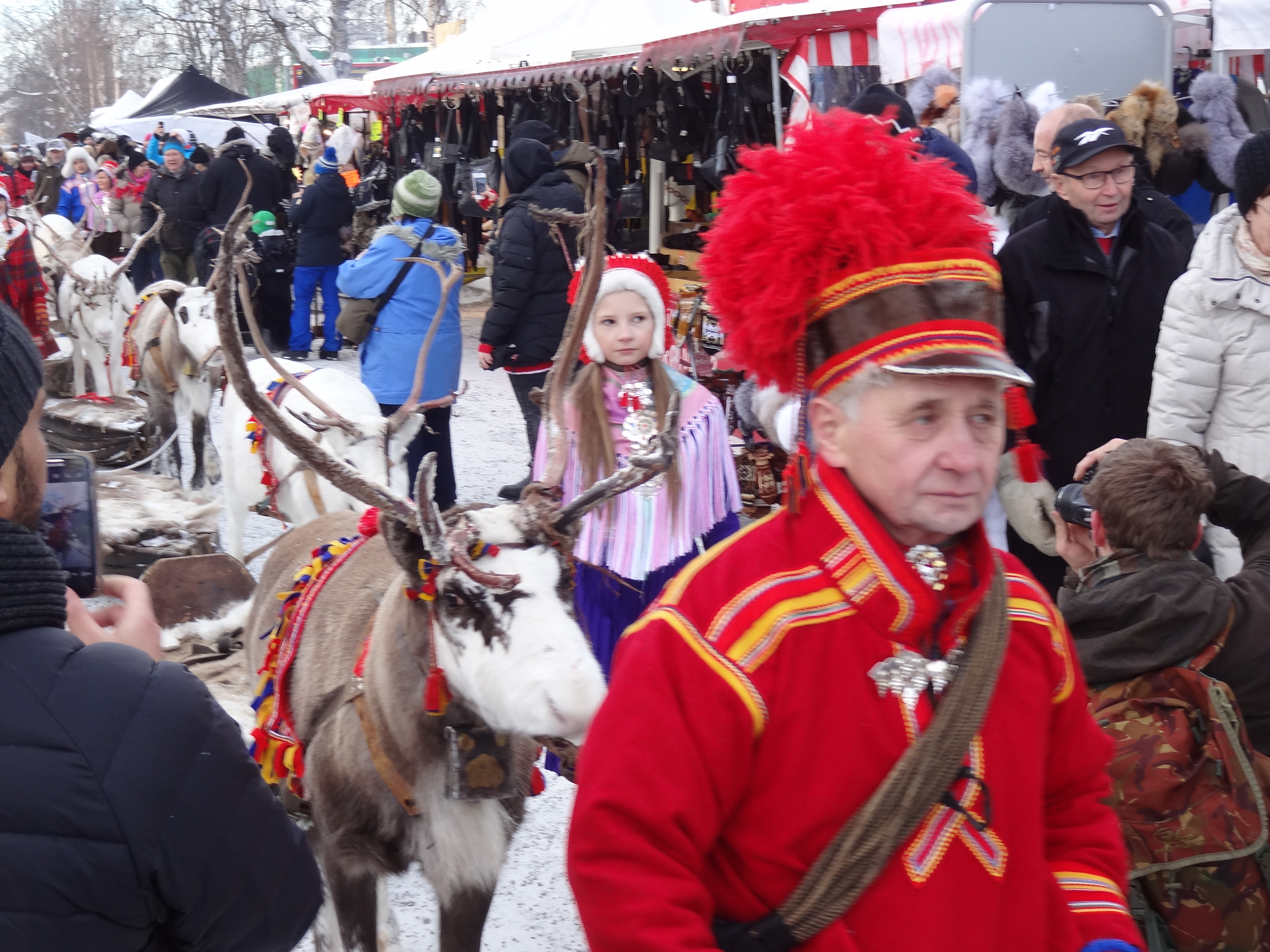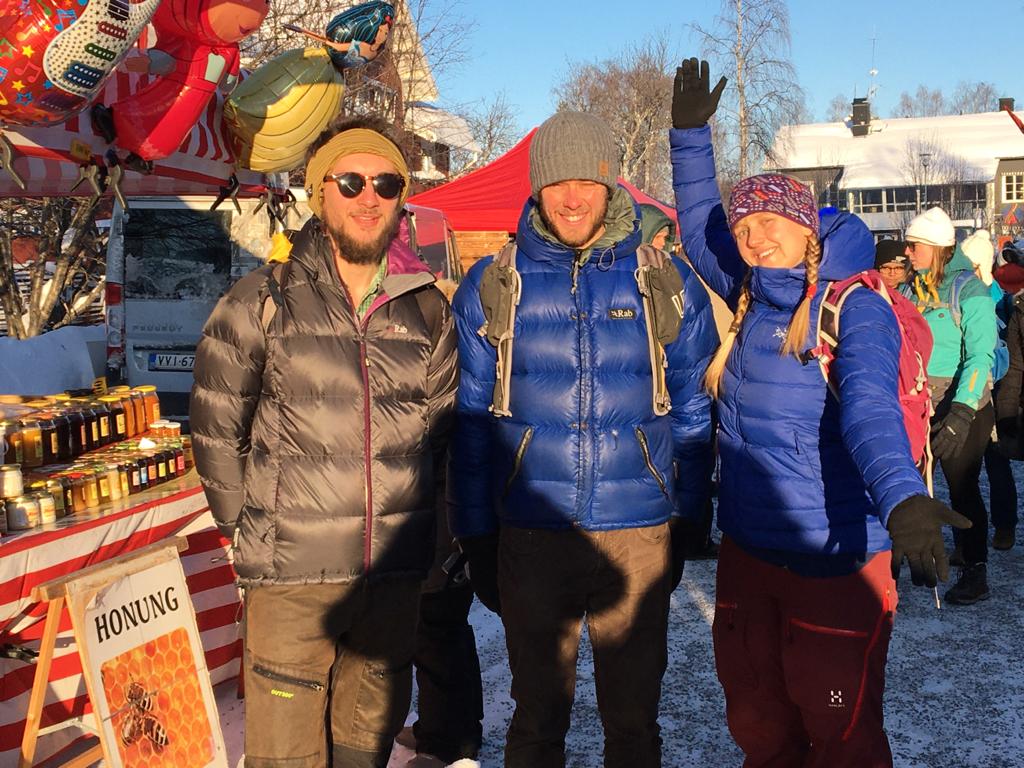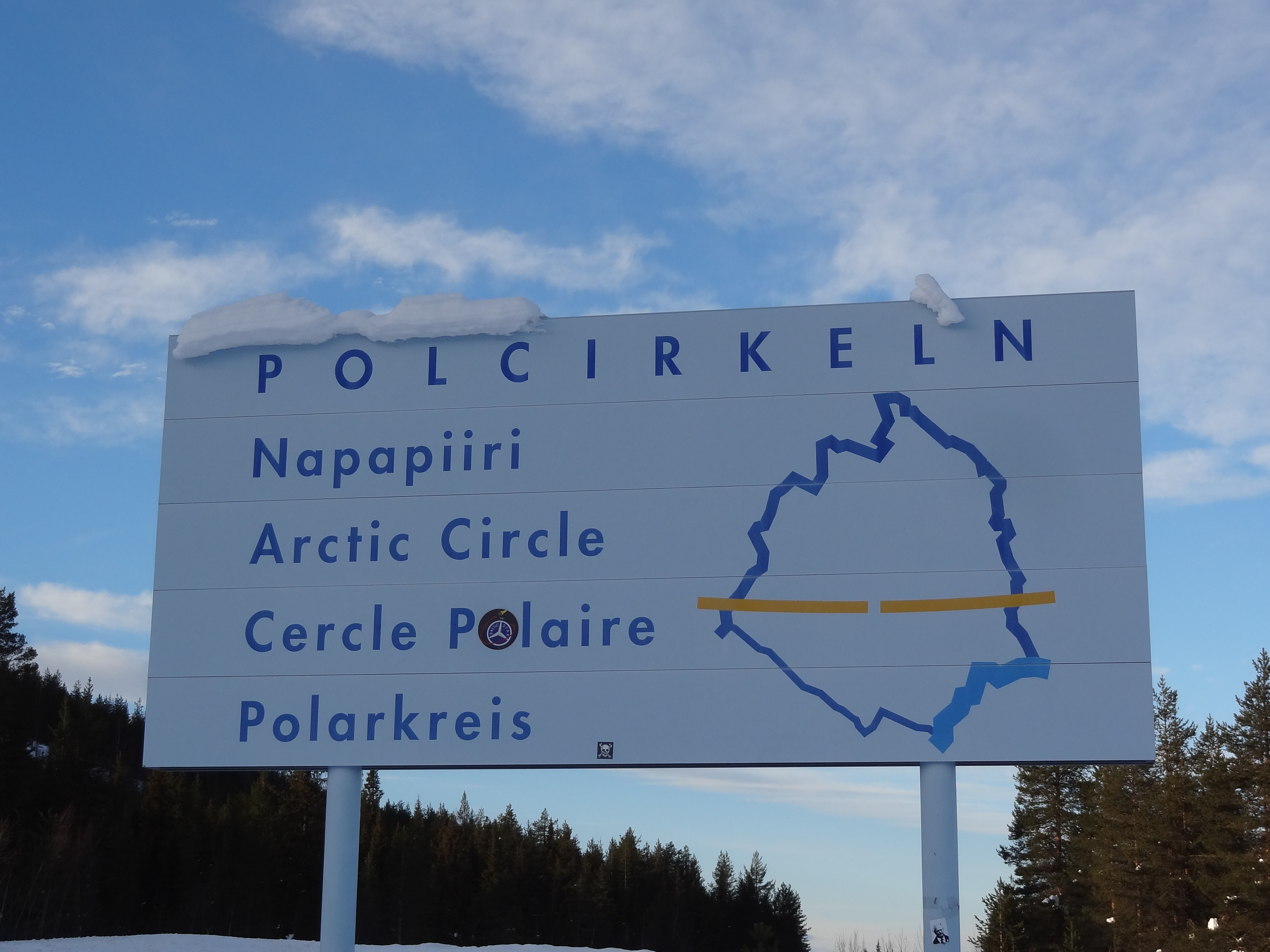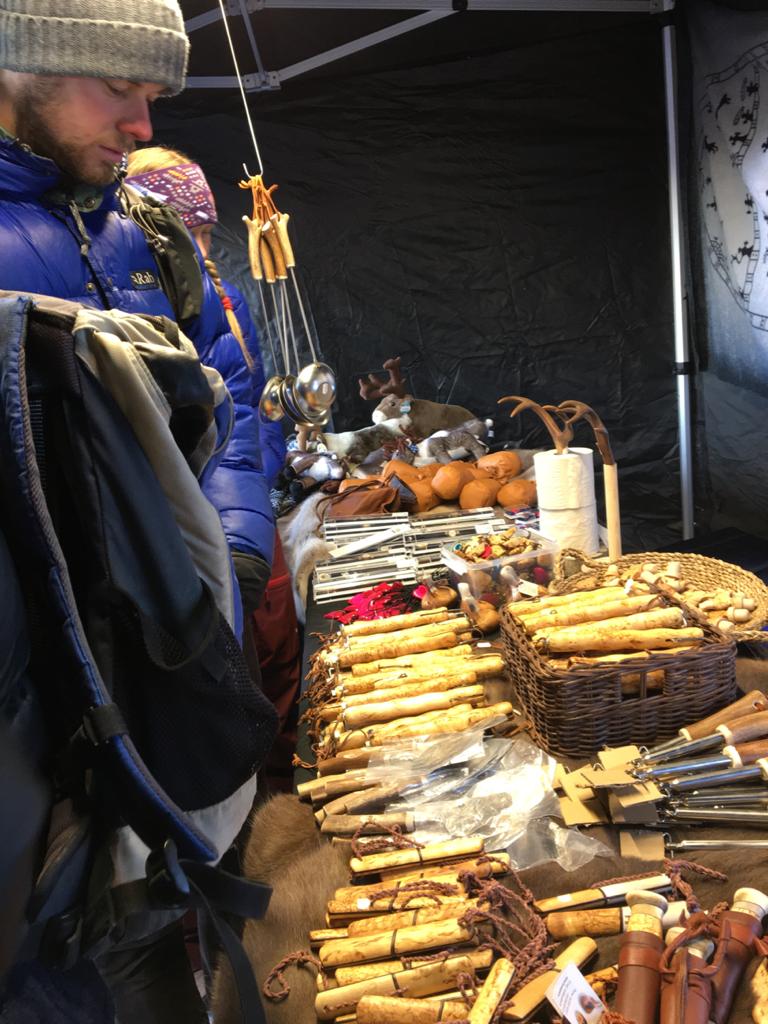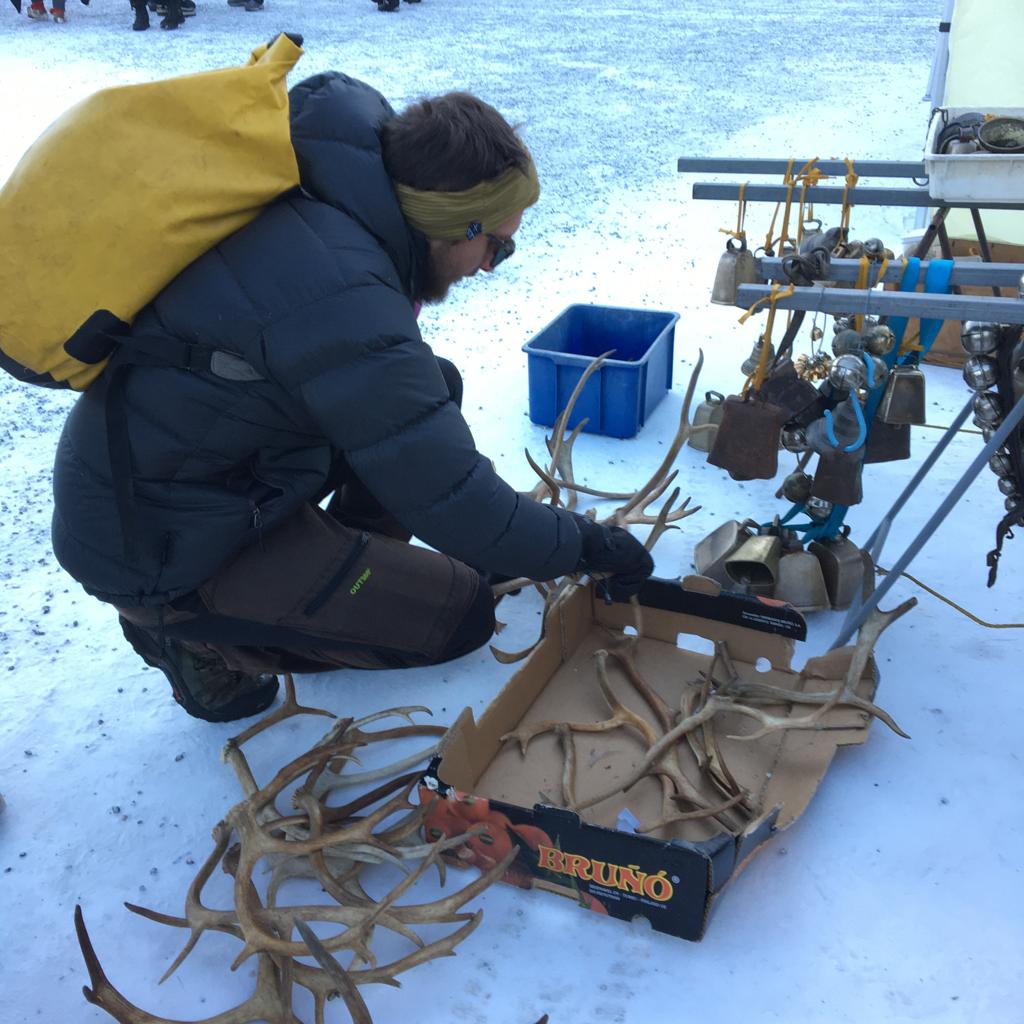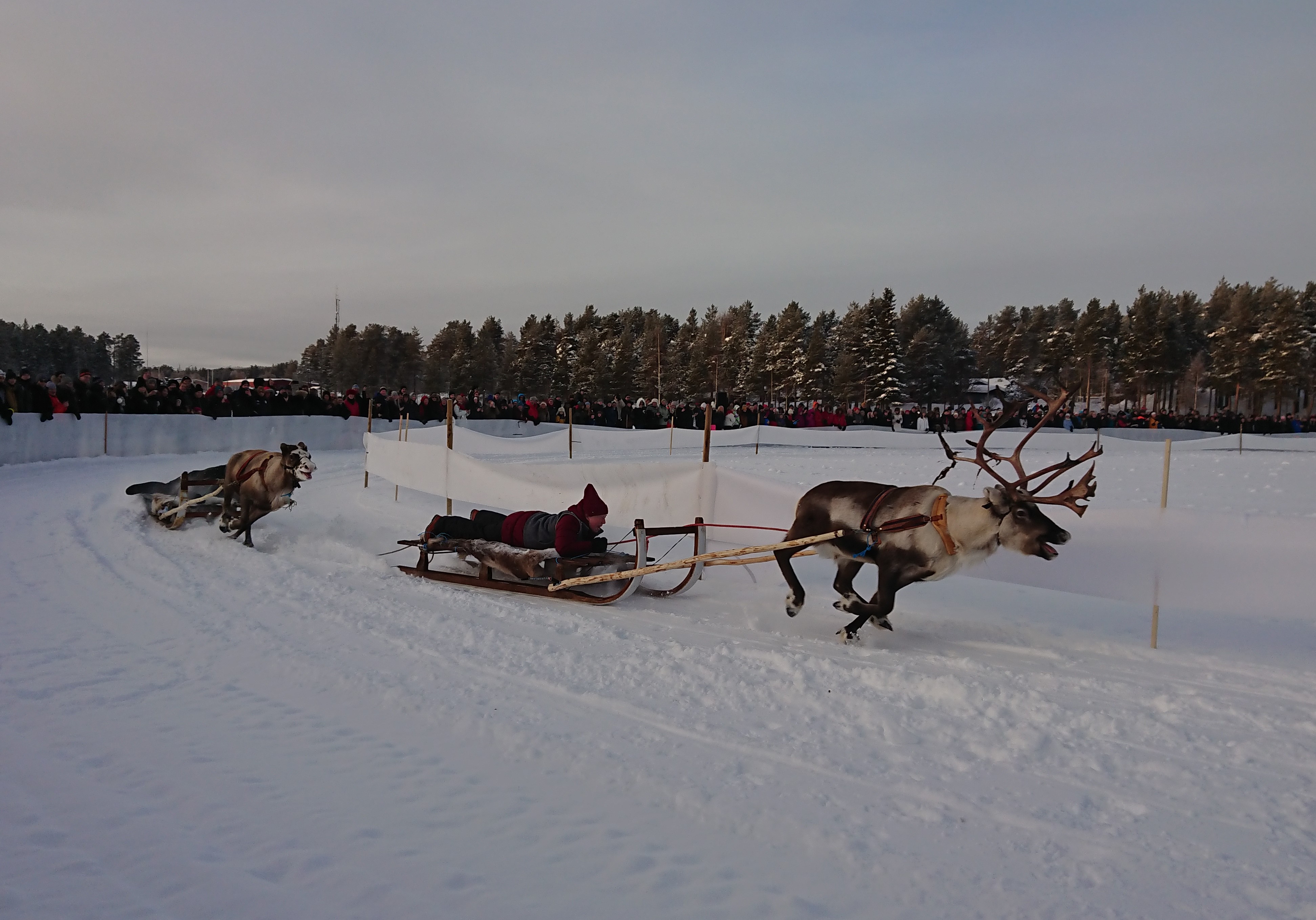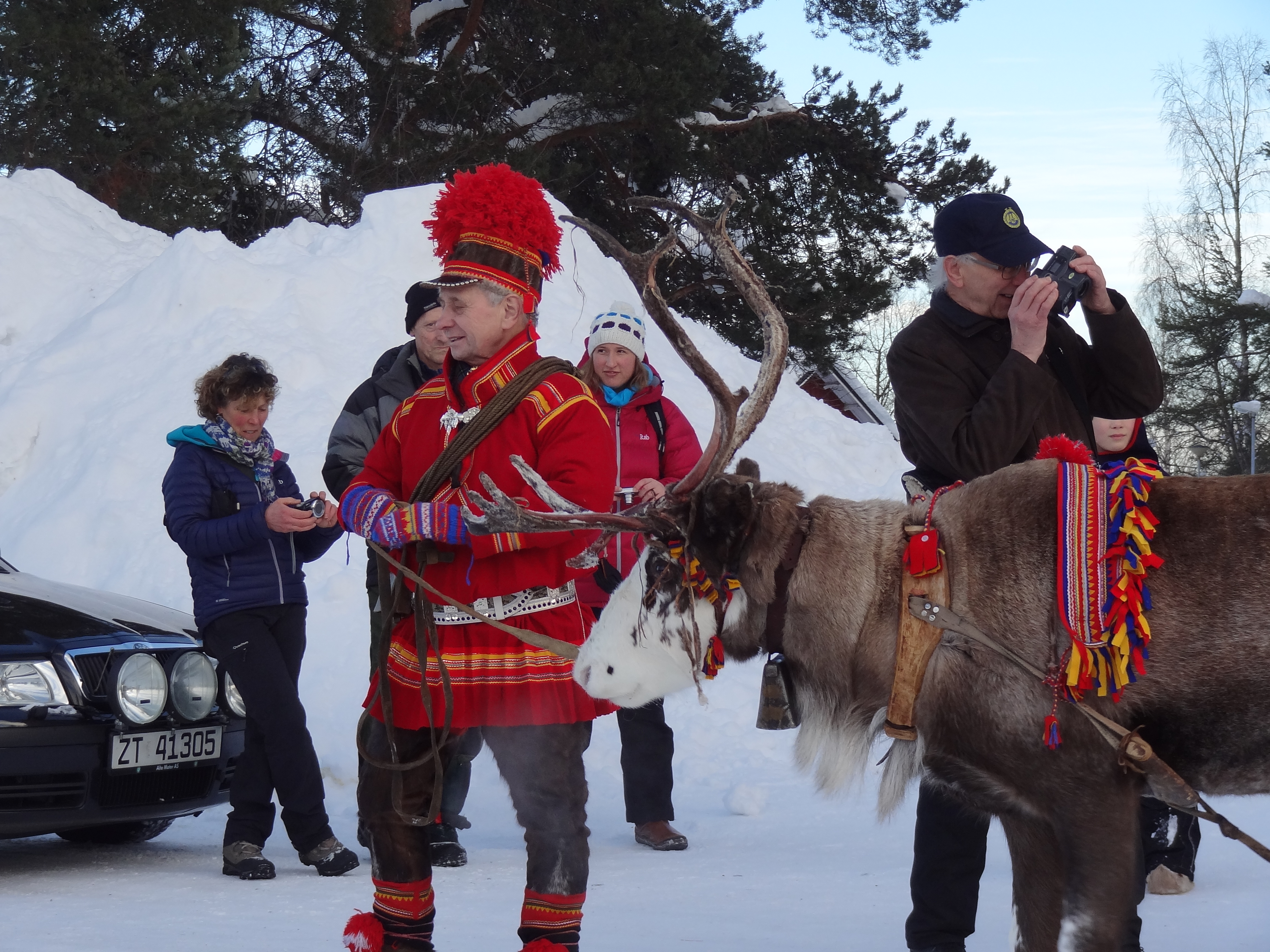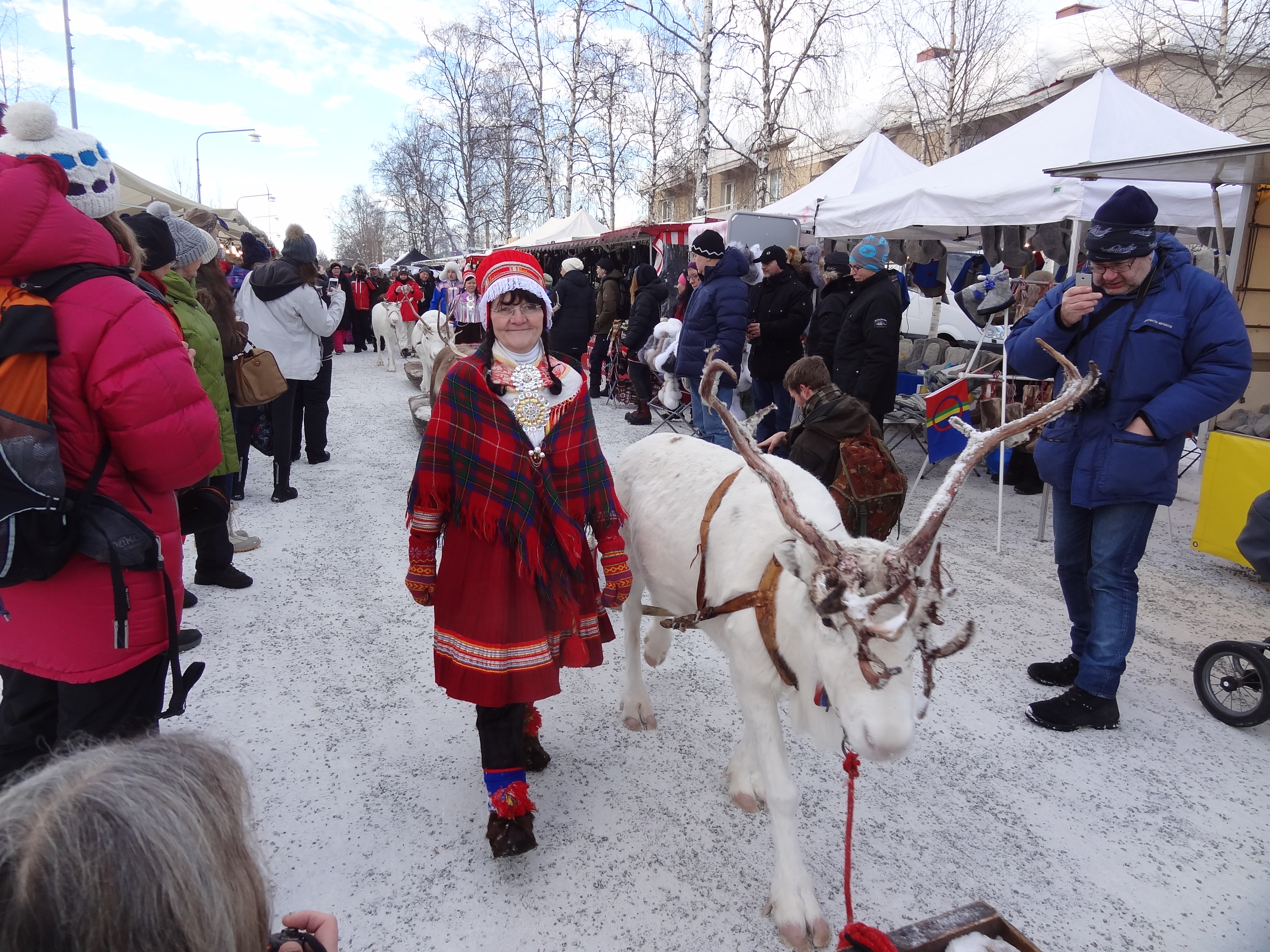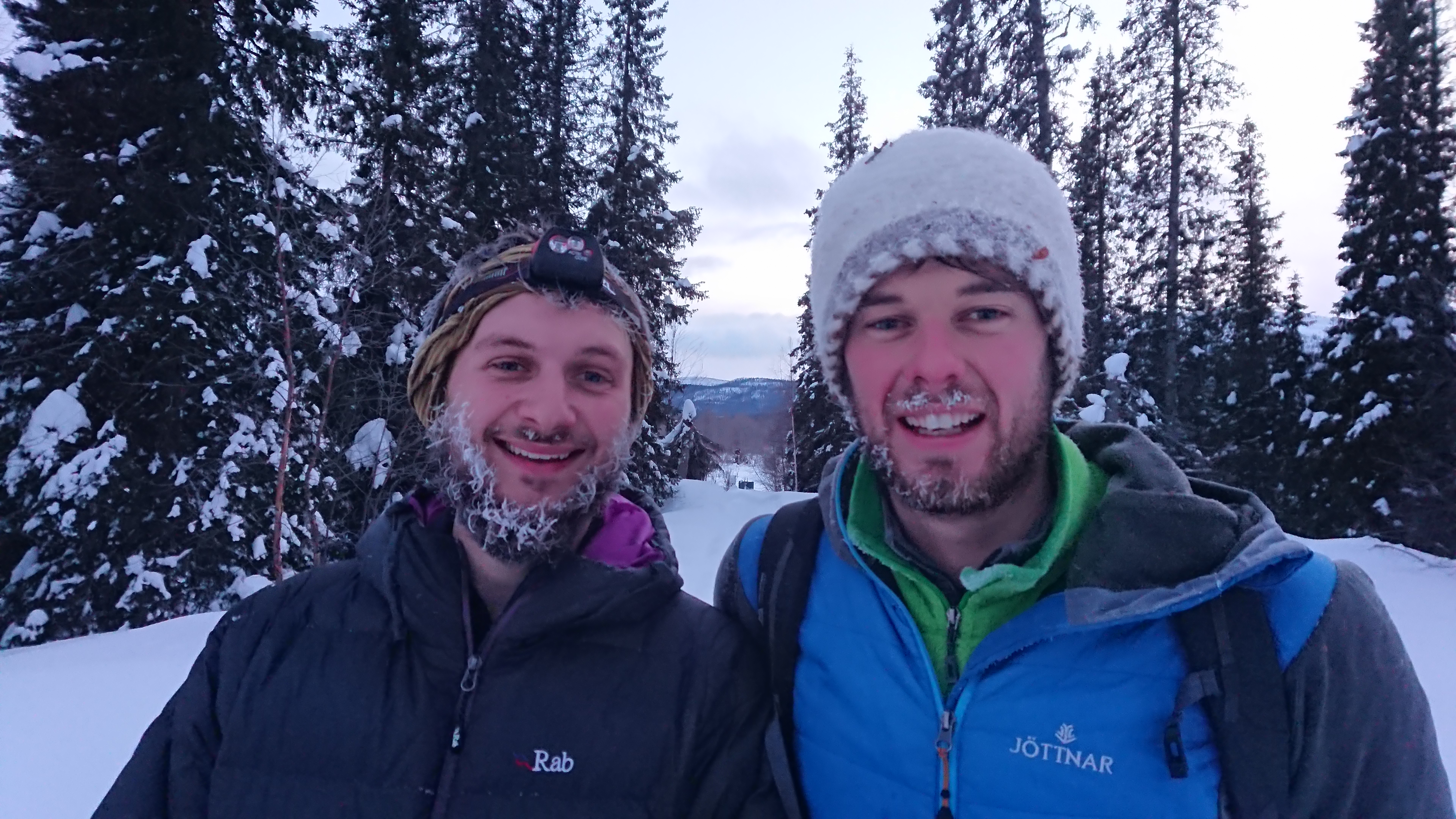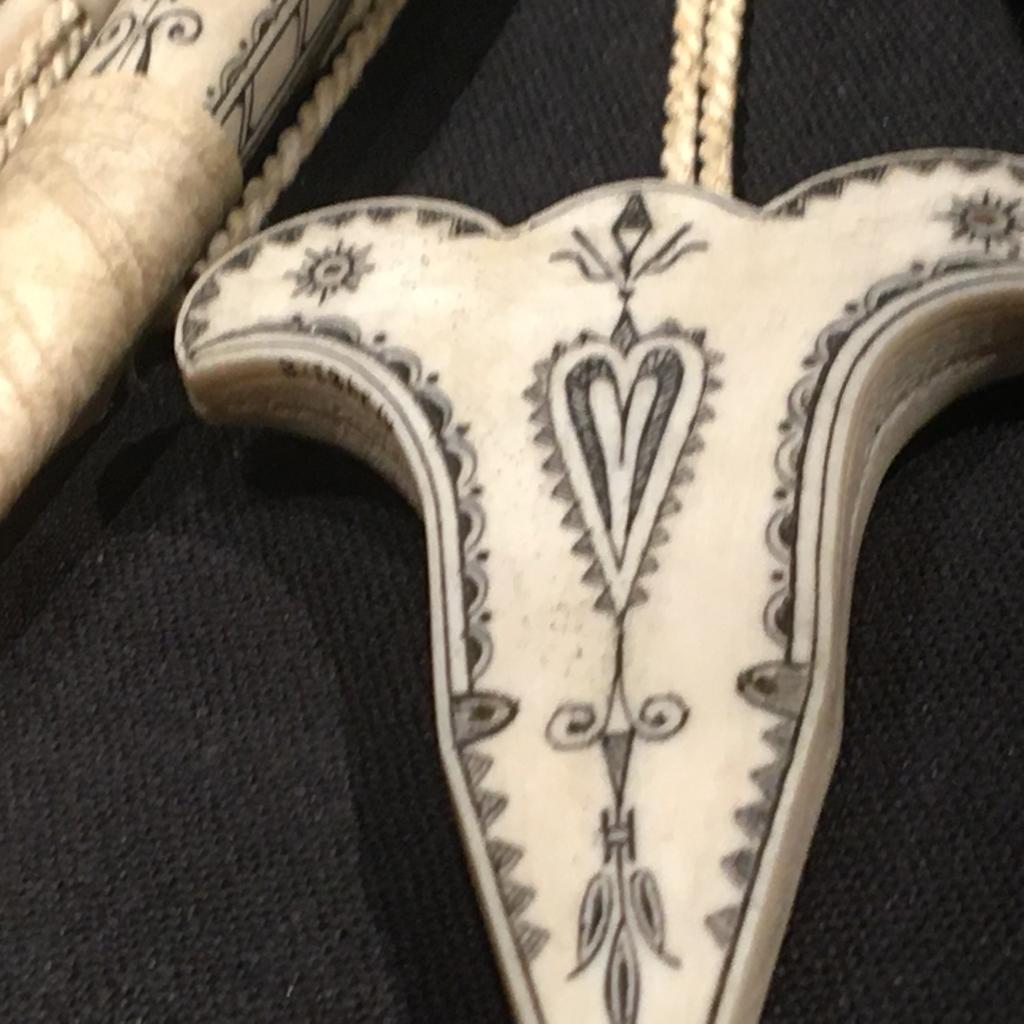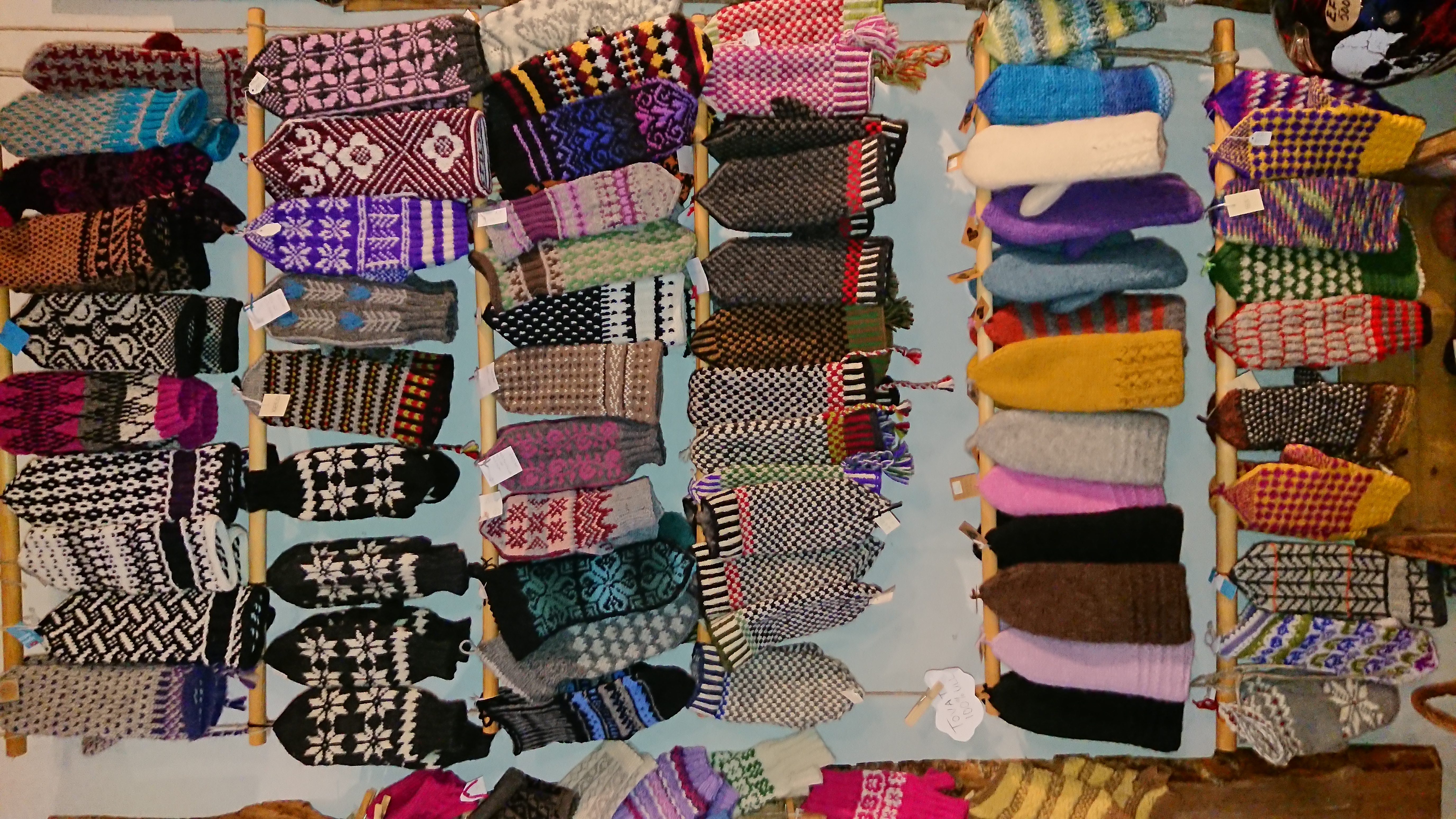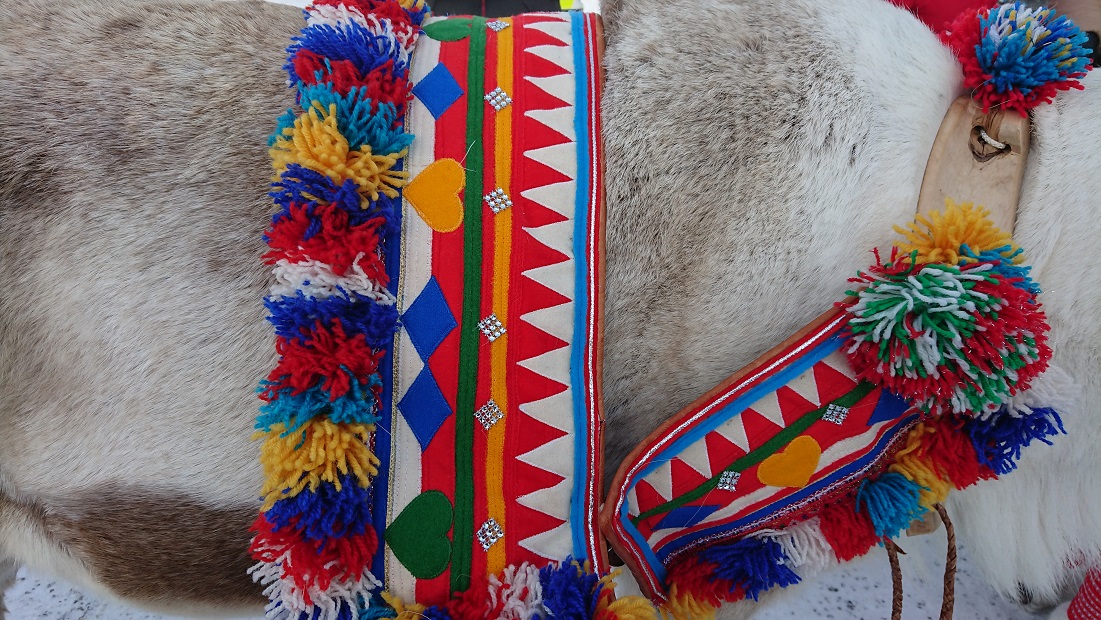Our blog this week comes from Freya, a long-time supporter of the herd for, well, as long as she can remember! Freya now lives in Canada so visiting us isn’t quite as easy as it once was unfortunately, but she and her family adopt several reindeer and keep in touch with the herd via social media. Isn’t technology useful these days?!
When I say I’ve been visiting the Cairngorm Reindeer herd since before I can remember I am quite sure people think I’m exaggerating. Truth is, I have been visiting since before I can remember. It became a well-established tradition for my family (and often my extended family) to visit Scotland at least once a year from when I was about 5 years old. I couldn’t tell you when our first visit to see the reindeer themselves was, but I do recall seeing photos of a tiny little me wrapped up so much that you could barely make out arms and legs!
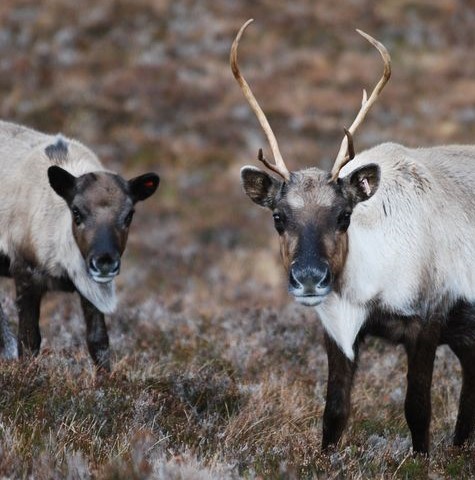
The year I will always remember was 2005, the year of the ‘countries’ theme. We had come up to Aviemore for the first time in the Spring and were delighted to be able to see the calves like never before. As luck would have it we finished the climb of the Hill Trip just in time to see a very fresh calf popping into the world! I’ll always remember watching the little calf, later named India (I believe), making all the effort to stand up on those very wobbly legs!
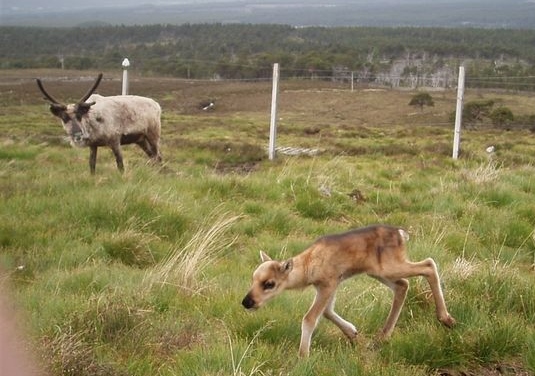
It took a single visit for the reindeer to become an essential part of every trip to the Highlands and we would make the trek at least once, sometimes twice, every time we visited – rain, shine, hail or snow! By the age of 8 I was obsessed with the reindeer and we had fallen in love with a family line – specifically Bell (born in 2000), her mother Shell and grandmother Tortoiseshell (Editor’s note: Bell, Shell and Tortoiseshell were descended from a lovely reindeer named Edelweiss, who was a prolific breeding female in the ’90s and early ’00s. While this line of her descendants has now died out, another branch of her family tree stretches down to Scrabble and Strudel, still present in the herd today). To this day we all (parents and grandparents included) remember the Edelweiss line well!
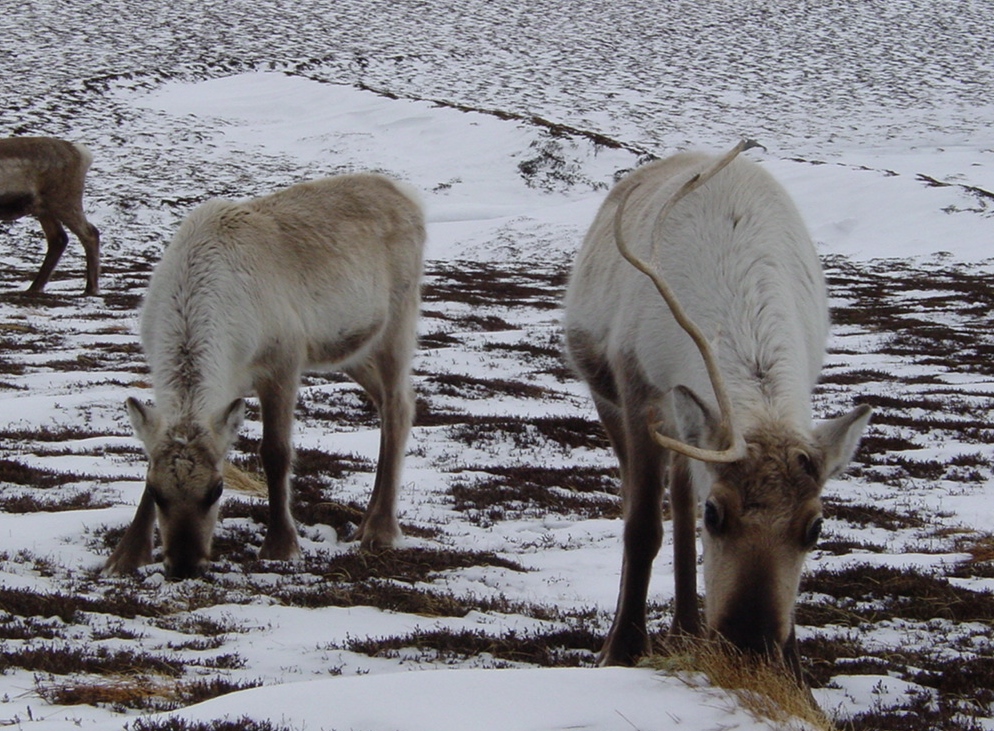
Up until that point we had been admirers of the herd but never adopters. The special memories of 2005 changed that and my birthday present a year later in 2006 was to choose a reindeer to adopt. Sadly, by this point India wasn’t an option so instead I adopted Fiji, Bell’s cousin through Shell’s sister Coral. As nature has it, a couple of years later we received the heartbreaking letter that Fiji had passed (I am thankful that I met Fiji several times in the meantime). It was at this juncture that I discovered the Russia family line and Russia became my next adoptee from the ‘countries’ year. I adopted Russia for a few more years and visited lots more times over the coming year until moving away to Canada.
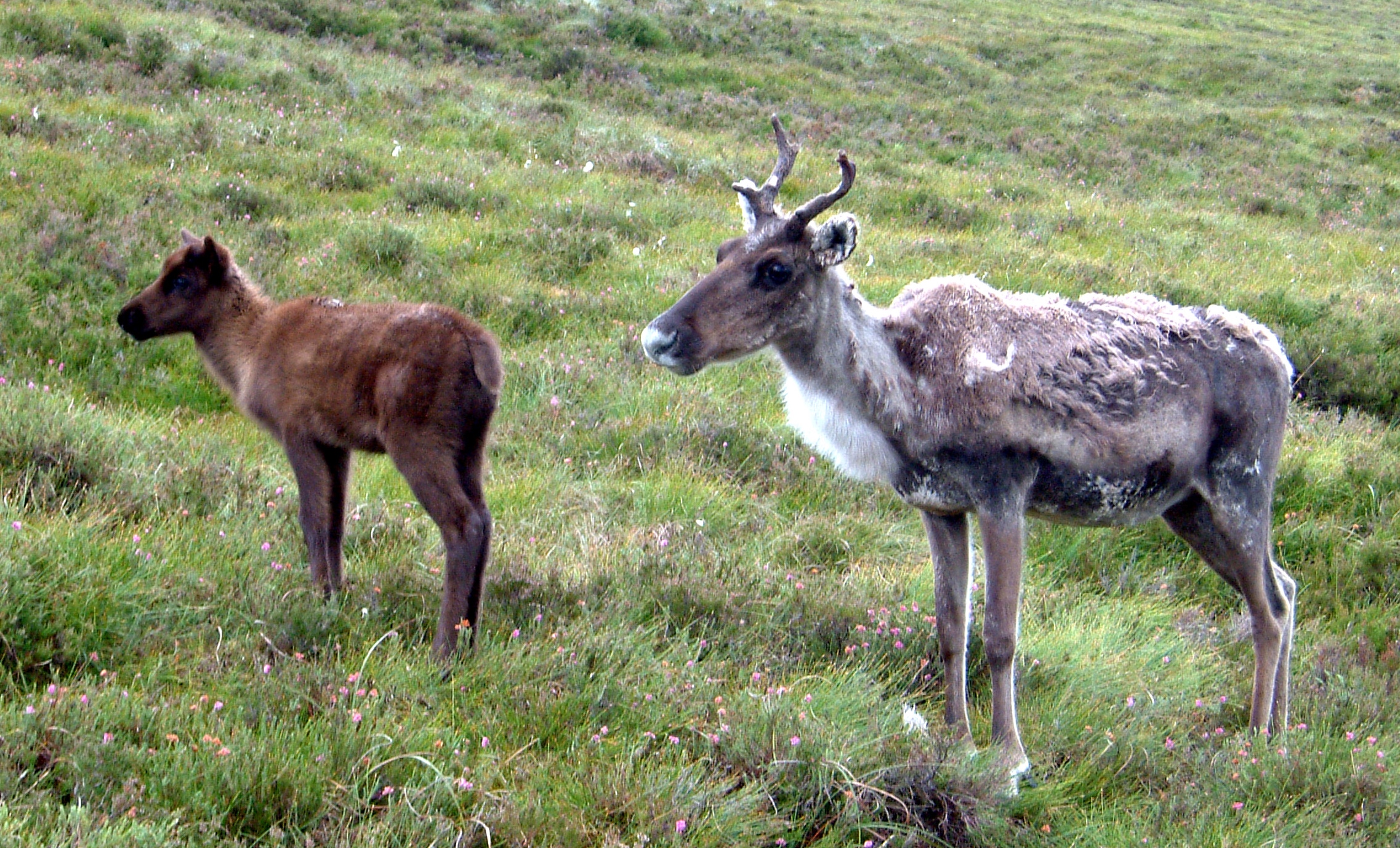
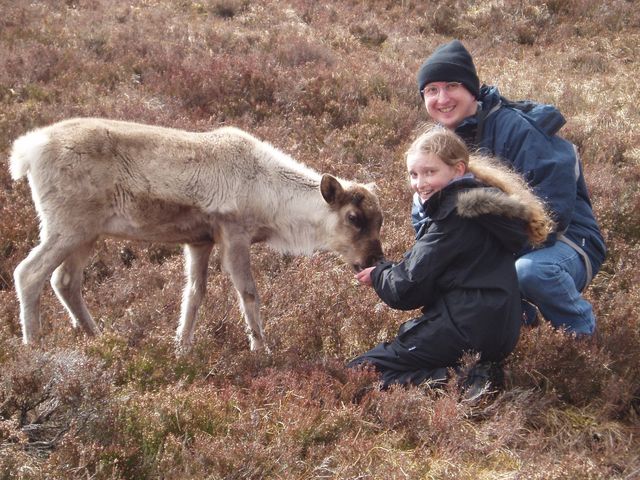
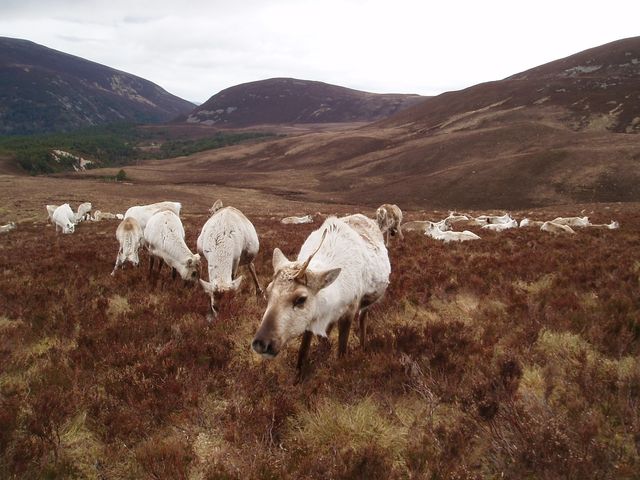
Life happens and I confess that we lost track of the reindeer herd a little in the chaos of emigrating. We liked the page of course, watched any clips we could get hold of, but visiting became much less of an option. The global pandemic brought us many things, most of them bad, but I think it also gave us the opportunity to stop and take the time to appreciate the little things we often forget in the chaos of daily life. In these hard times I made it a resolution to consciously spend less money on large organizations and more supporting smaller, family-oriented organizations. The first one that came to my mind (conveniently right around my birthday) was the Cairngorm reindeer herd and an adoption was the birthday treat of 2020. I got in touch with the lovely team who willingly helped me find a reindeer with a connection to one of my past favourites. I became the proud adopter of Scrabble who is a cousin of Shell and grandchild of Edelweiss.
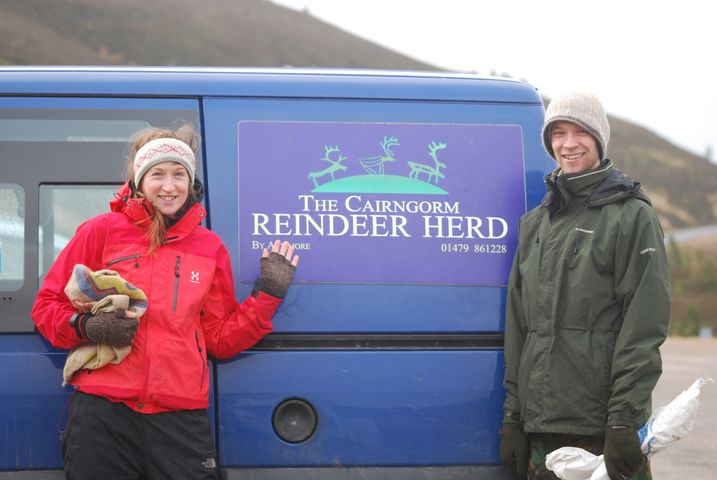
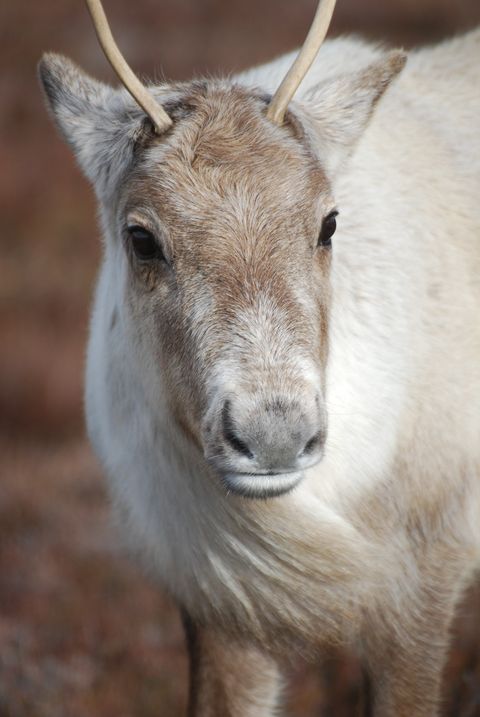
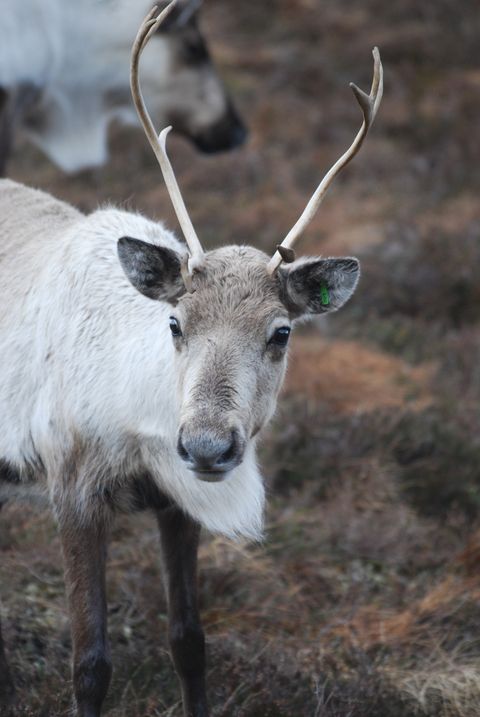
During lockdown I completed my Master’s degree, leaving my housemates and I stuck at home with lots a plethora of spare time. My household loves a challenge so to keep ourselves busy we decided to try and work out the past themes and family links of the current reindeer. I can now officially say I’ve read every blog post available online! I may not be an official ‘groupie’ yet – but I think it’s safe to say I’m a groupie-in-training! Another sign – my family and I have adopted two more reindeer (Jonne and Svalbard) and are thinking about a fourth (Holy Moley being a strong contender!) Suffice to say that I am just as excited about supporting the herd now as I was when I was eight and I look forward to visiting again in the future!
Freya
As usual we’re always delighted to include your stories of meeting the reindeer in future blogs. Just get in touch with Hen via our main email address if you’d like to get involved 😀

